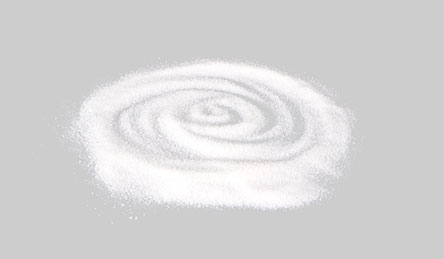
Search


Fischer tropsch wax can be used as an anti-aging agent and toughening agent for rubber. During the processing, storage, and use of rubber products, they are easily destroyed by oxygen and ozone in the air, as well as by the comprehensive effects of light, heat, radiation, and mechanical forces. This can cause the rubber products to become sticky, hard, cracked and other aging phenomena.
Adding a certain amount of protective wax to rubber products can effectively enhance the antioxidant performance of rubber, suppress the occurrence of aging phenomena, and extend their service life.
The principle of rubber protective wax is that the wax added to the rubber material can migrate from the interior to the surface of the rubber, forming a layer of inert, compactly structured, strongly adhesive, non-crystalline, and tough film on the surface, which first reacts with ozone, thereby preventing ozone and light and heat from invading the rubber.
The properties of rubber protective wax depend on the carbon distribution and the content of normal and iso-alkanes. Traditional rubber protective wax is compounded from ordinary paraffin wax and microcrystalline wax, with equal proportions of straight-chain and branched-chain alkanes. A small amount of branched-chain alkanes can reduce the regularity of paraffin wax, destroy the dense crystalline structure, and form an amorphous, well-performing, flexible non-crystalline film.
Fischer tropsch wax is mainly composed of normal alkanes, and proper isomerization is needed when it is used as a raw material for rubber protective wax.
Wax is an important component. As a special adhesive, hot melt adhesive generally consists of polymers, thickeners, plasticizers, antioxidants, and fillers. It melts into a liquid state at a higher temperature, producing fluidity, and is coated onto the surface of the substance to be adhered. When the temperature drops, the hot melt adhesive wax cools and solidifies, bonding the adhered substance together.
Depending on the material, hot melt adhesive is divided into EVA-type hot melt adhesive, polyolefin hot melt adhesive, and rubber-type hot melt adhesive (commonly known as pressure-sensitive adhesive), which are widely used in packaging, textiles, furniture edge sealing, bookbinding, automotive, and home appliance assembly and other industries.
The properties of hot melt adhesive at high temperatures are mainly determined by the melting temperature range and the type of wax added. The solidification temperature and crystallinity of wax control the initial solidification temperature and curing time of hot melt adhesive, and also affect its plasticity and tensile properties.
By adding an appropriate amount of fischer tropsch wax, the softening point, shear strength, peel strength, and melting temperature of hot melt adhesive can be improved. The operational performance can be improved, and the cost can be reduced.
Wax can be used as a lubricant for polyvinyl chloride (PVC) resin. During PVC processing, friction occurs between PVC and PVC melt and the surface of the processing machinery metal. The addition of PVC lubricant is mainly to reduce the viscosity flow resistance of the melt.
As wax is a non-polar substance, small molecule compounds are difficult to penetrate evenly into each layer of PVC resin particles, resulting in poor miscibility of wax lubricants and PVC.
According to the lubrication mechanism of PVC, fischer tropsch wax mainly acts as an external lubricant, and its external lubricity is strong. It also has good lubricity in the middle and late stages of molding and is non-toxic.
After PVC plasticization, wax forms a very thin film on the surface of PVC, reducing the adhesion and friction between PVC and the surface of the processing machinery metal. This can prevent local overheating and resin decomposition and improve thermal stability and fluidity.
The use of wax lubricants should not be excessive, as excessive use will result in "frosting" on the surface of PVC. The melting point of wax as a lubricant is generally 60-95℃, and the molecular chain should be long. Long-chain wax can make two friction surfaces farther away from each other and improve the lubrication effect.